Mural Paintings in Temple Complex
1. The Resolution of Grievances for Mutual Beneficence
(Haewon-sangsaeng)
- This wall mural depicts a woman carrying an assortment of snack foods on her head with her infant strapped to her back while she lovingly looks back at him. Unremitting compassionate love is conveyed through the mother's gaze as she looks back towards her son, and he too knows no greater peace and bliss than being nestled up against his mother. In this moment, there is utterly no resentment or hurtfulness felt between them. It signify that the ‘Resolution of Grievances for Mutual Beneficence’ could be achieved when all humanity engages in the trust and love as shown in this painting of a mother and her son. The ‘Resolution of Grievances for Mutual Beneficence’ is a philosophy of human nobility and peace based upon mutual understanding, love, and respect.
2. The Grateful Reciprocation of Favors for Mutual Beneficence
(Boeun-sangsaeng)
- This wall mural portrays a father who has returned home after collecting wood in the mountains and is then greeted by his son who has dashed out of their home just to meet him. The son in this painting has come of age and now understands the virtuous beneficence of his parents, and thereby, with a thankful heart, he wishes to lessen his father's burdens. The ‘Reciprocation of Favors for Mutual Beneficence’ means 'not disregarding the beneficence others bestowed upon you and promoting the betterment of others.' Namely, when you receive beneficence from others, it must be repaid in the future, and going further, even enemies should be loved as benefactors while one promotes the betterment of others by living a life of mutual beneficence.
3. The Five Immortals Playing Baduk (Oseon-wigi)
- This wall mural symbolically depicts the Korean peninsula at the center of an international state of affairs based on Reordering Works conducted by Sangje when He was at the hub of earth energy known as ‘Five Immortals Playing Baduk’ at Mount Hoemun in Sunchang. The Baduk board is centrally located and two immortals are directly engaged in play, an additional two immortals each choose a side a deliberate on strategy, and the immortal, who is the host, just hospitably accommodates his guests. However, after the guests leave for their homes, there can be no doubt that the Baduk board and Baduk pieces will be rightfully reclaimed by the host. Namely, this painting represents the host as playing the role of the host of the world.
4. Celestial Maidens Weaving Silk
- This painting depicts celestial maidens brocading silk fabric. Warp threads are fed into a loom and then are continually interwoven with weft threads. Warp and weft relate to longitude and latitude respectively, and the cross points wherein vertical and horizontal threads meet are known in Korean as 'ol (a warp-weft intersection).' Therefore, when longitude and latitude lines meet in a proper configuration, this contact is described as 'olbareuda (correct or right).' This wall mural symbolizes the realization of Dao-unified self through practicing proper and righteous words and actions in your cultivation life. It is because that Dao is yin-yang, yin-yang is the principle, the principle is precisely warp-weft, and warp-weft is the universal law.
5. The Noble Populace Clad in Brocade
- In this mural painting, people are wearing the silk brocades that had been woven by immortal maidens. The brocades were woven properly by the immortal maidens through their usage of correct principles. In the same manner, if practitioners perform spiritual cultivation correctly, then in the later World, they will receive blessings and good fortune that corresponds to their previous efforts. This painting symbolizes how, in the Later World, the noble populace will wear beautiful clothes such as silk brocades due to the affluence of that world.
6. Longevity and Freedom from Illness
- The name of this painting means ‘long life without disease.’ The greatest hope held by humans is that of health and long life. The wall mural, ‘Longevity and Freedom from Illness’ depicts the actualization of the universal dream to gain longevity and be free from illness in the real world. Namely, the painting symbolizes the Later World wherein humanity will no longer be subject to diseases and will live as immortals.
7. Sweeping the Ground and Revealing Gold
- This title literally means ‘Sweep the ground, and gold will be found.’ This wording was used by our forebears who wrote it on paper and pasted it up on the front door of the house on the Initial Day of Spring. The person in the wall mural is shown to sweep up the ground and collect the rice plants that had been dropped into the ground after threshing the rice. The meaning here is that if Dao cohorts make diligently cultivating themselves to hone and purify their body-minds into a daily practice, then they will gain the ‘gold’ of happiness and blessings.
8. Opening One’s Gates to Receive Guests - the More the Merrier
- ‘Opening one’s Gates to Receive Guests’ means widely opening your door so that as many people can come in accordance with their own wishes. ‘The Wider the More’ means that the number of guests is determined by the host’s heart of hospitality. This is a truth taught by Sangje who stated that we should open our gates widely so that all people of the world who have a karmic connection with Daesoon Jinrihoe can enter our space and take refuge. This means that Dao cohorts should open their hearts up to those who come to them as though widely opening a gate to welcome guests.
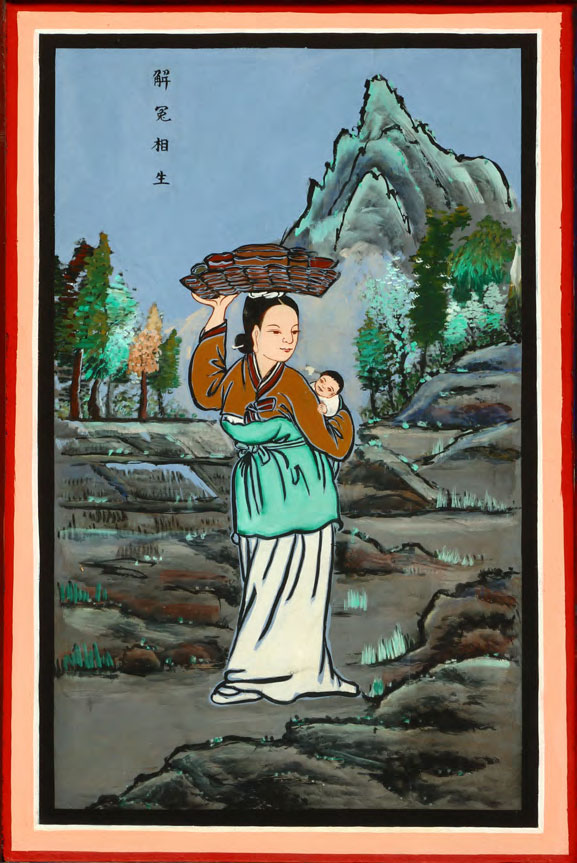
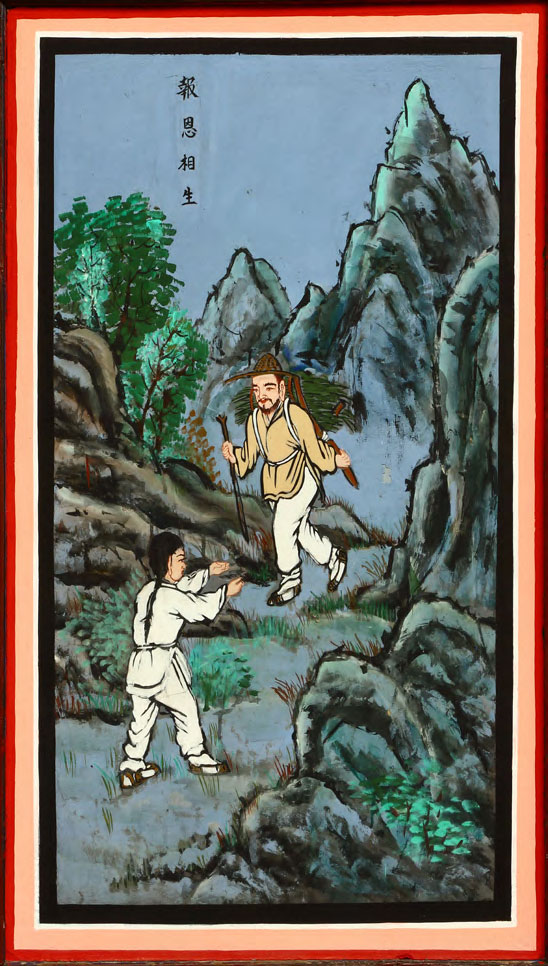
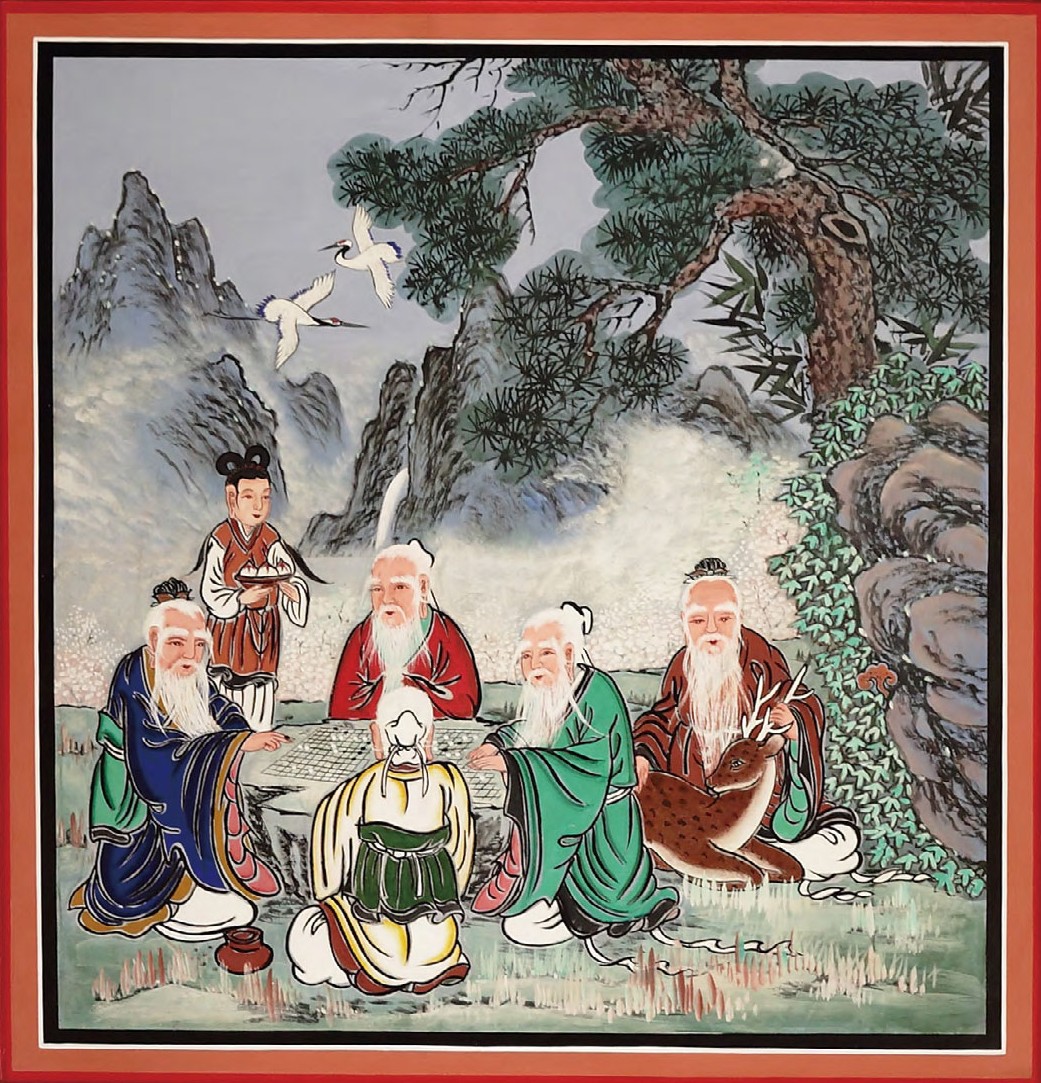


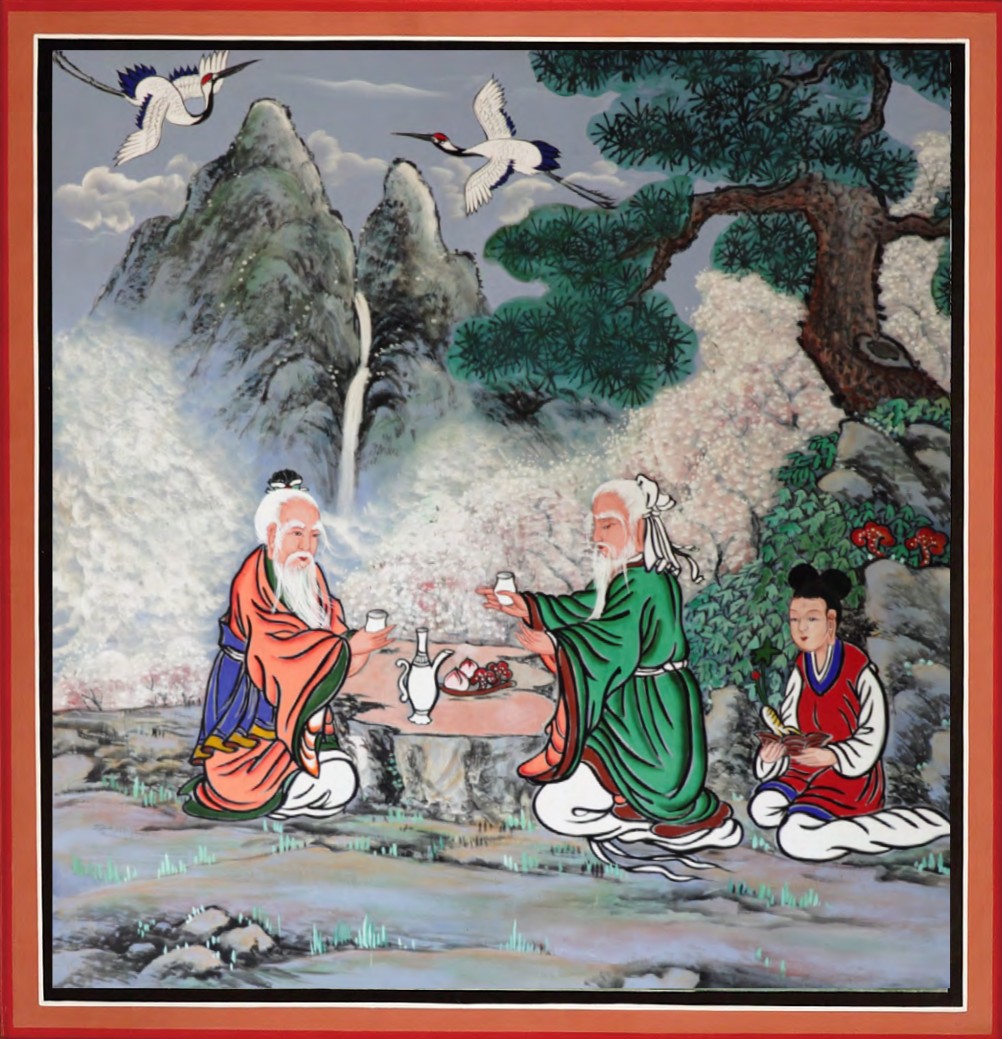
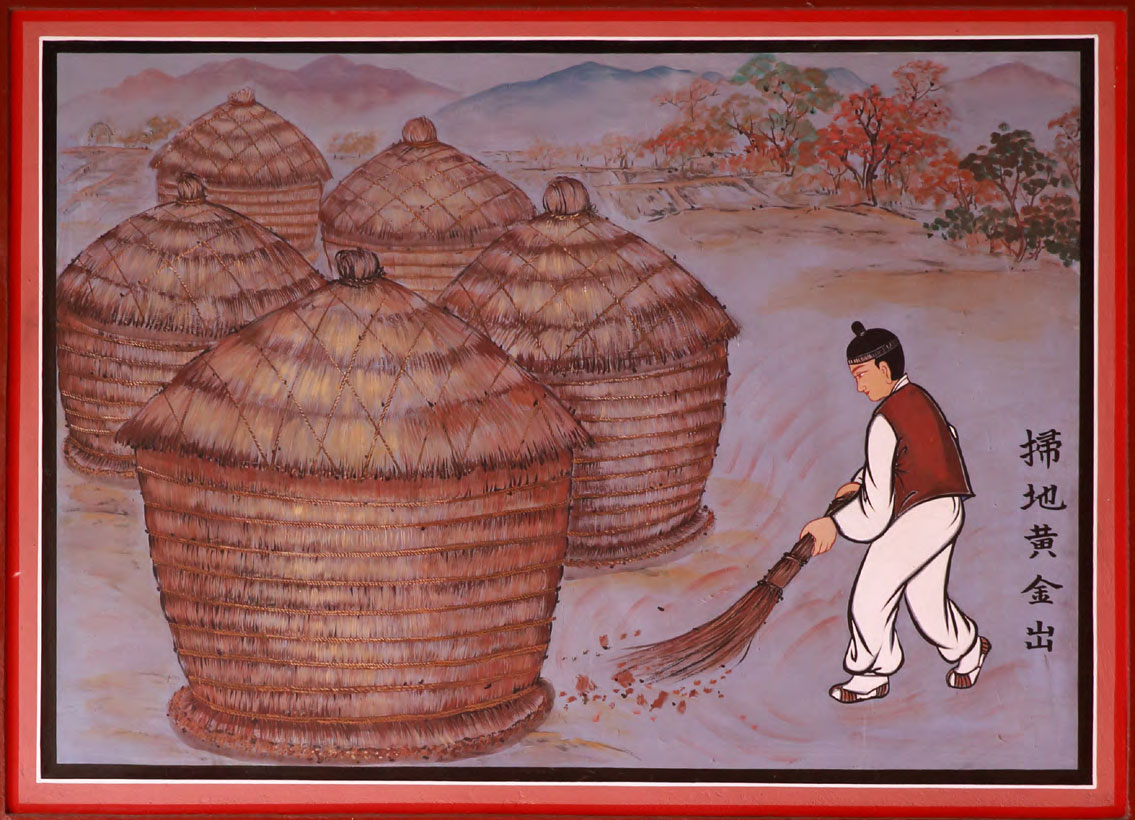

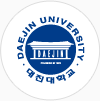 DAEJIN UNIVERSITY
DAEJIN UNIVERSITY BUNDANG JESAENG HOSPITAL
BUNDANG JESAENG HOSPITAL DAESOONJINRIHOE WELFARE FOUNDATION
DAESOONJINRIHOE WELFARE FOUNDATION DAEJIN INTERNATIONAL VOLUNTEERS ASSOCIATION
DAEJIN INTERNATIONAL VOLUNTEERS ASSOCIATION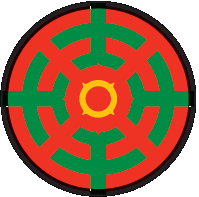 Daesoon Institute of Religion and Culture
Daesoon Institute of Religion and Culture DAEJIN HIGH SCHOOL
DAEJIN HIGH SCHOOL DAEJIN GIRL'S HIGH SCHOOL
DAEJIN GIRL'S HIGH SCHOOL DAEJIN DESIGN HIGH SCHOOL
DAEJIN DESIGN HIGH SCHOOL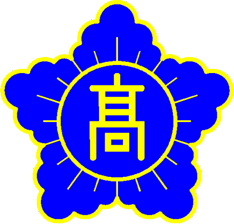 BUSAN DAEJIN HIGH SCHOOL
BUSAN DAEJIN HIGH SCHOOL ILSAN DAEJIN HIGH SCHOOL
ILSAN DAEJIN HIGH SCHOOL BUNDANG DAEJIN HIGH SCHOOL
BUNDANG DAEJIN HIGH SCHOOL THE DAESOON YOUTUBE
THE DAESOON YOUTUBE